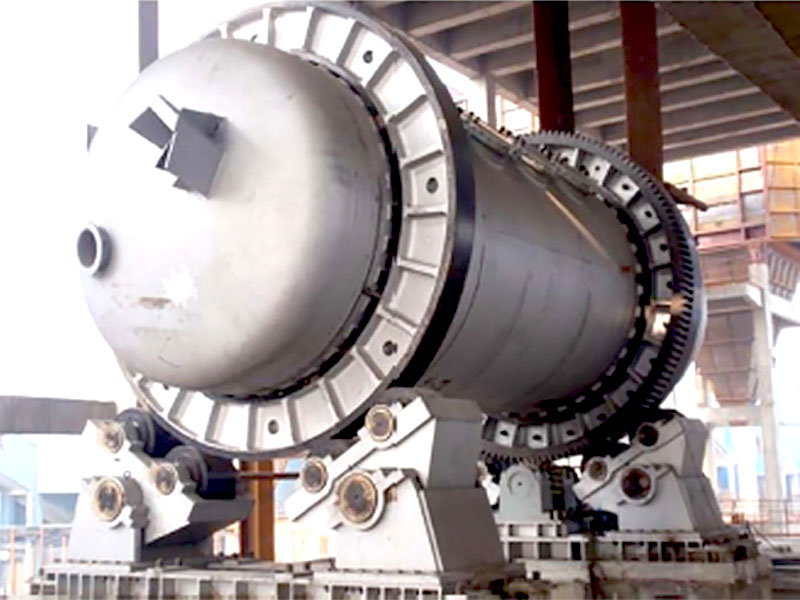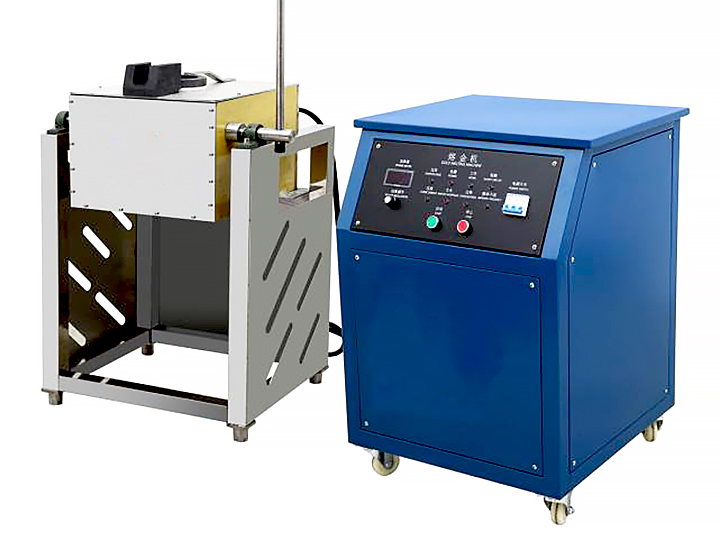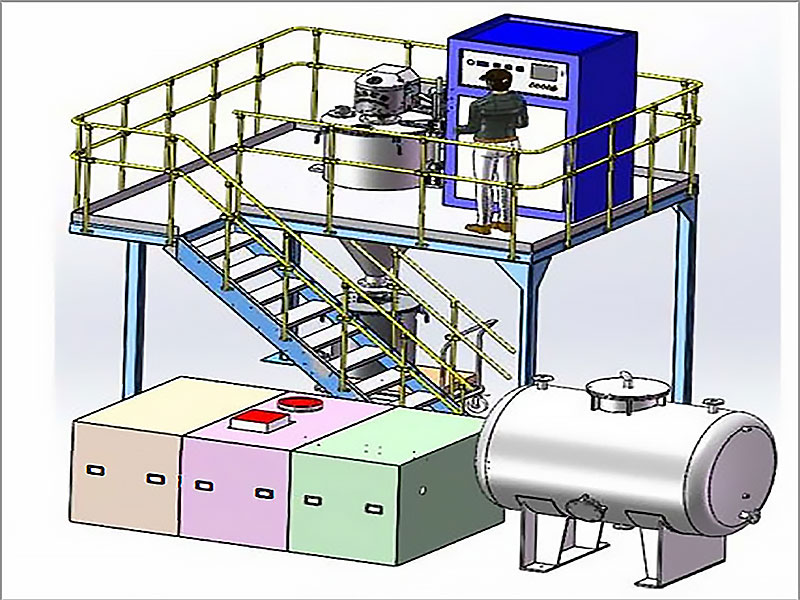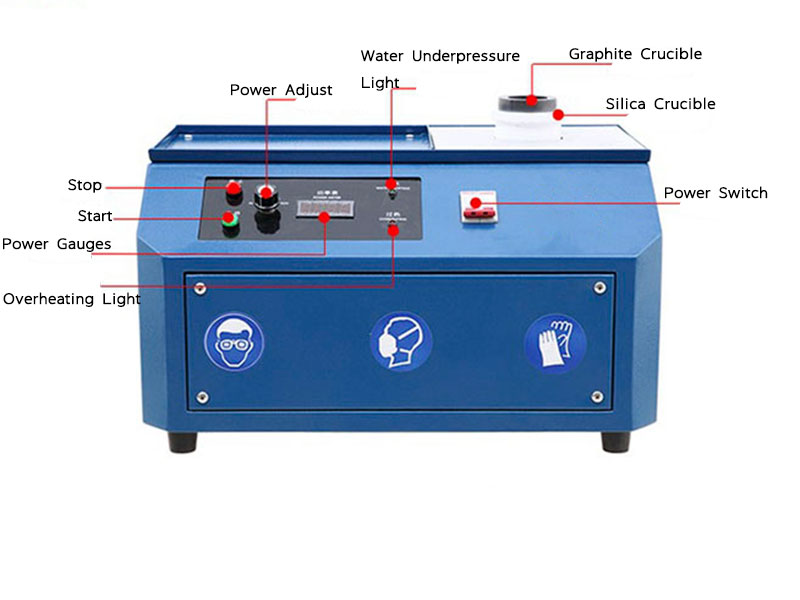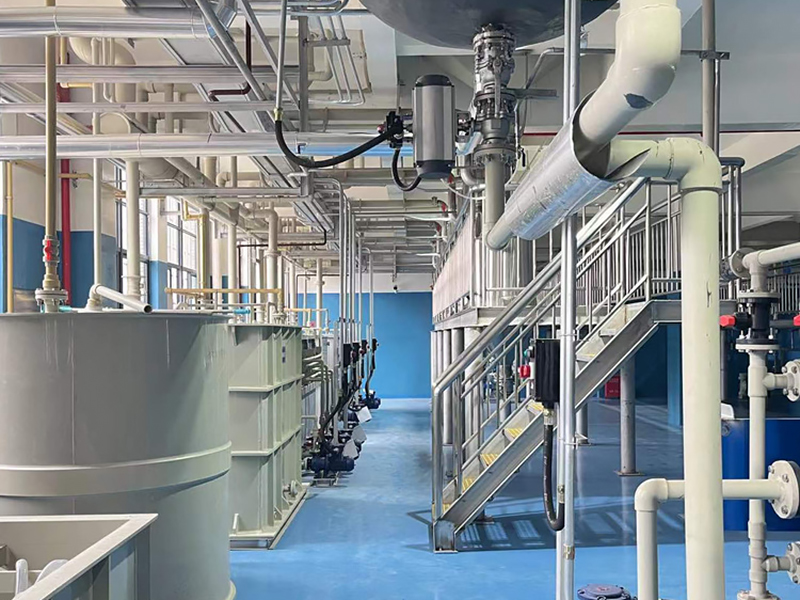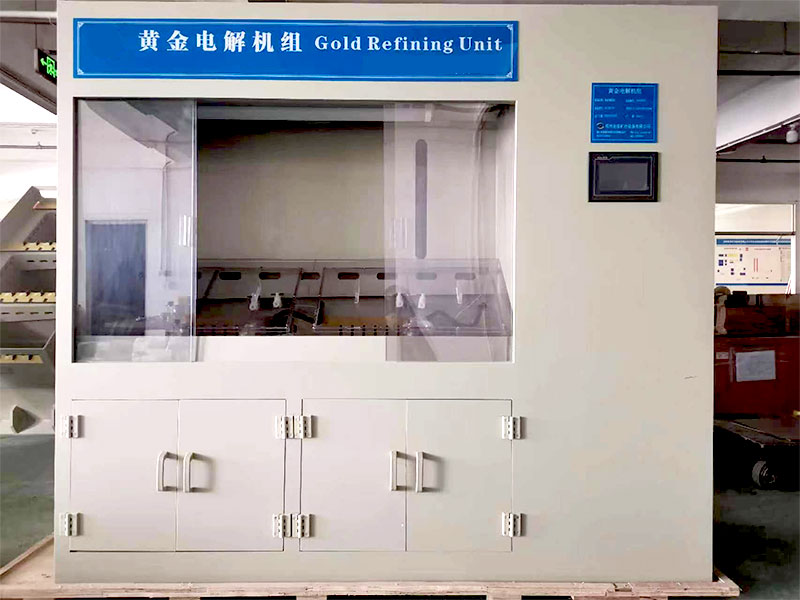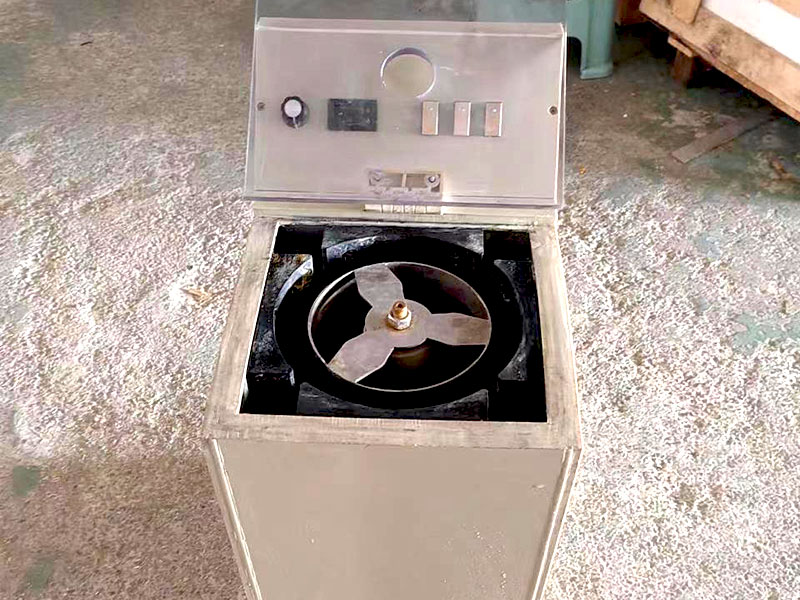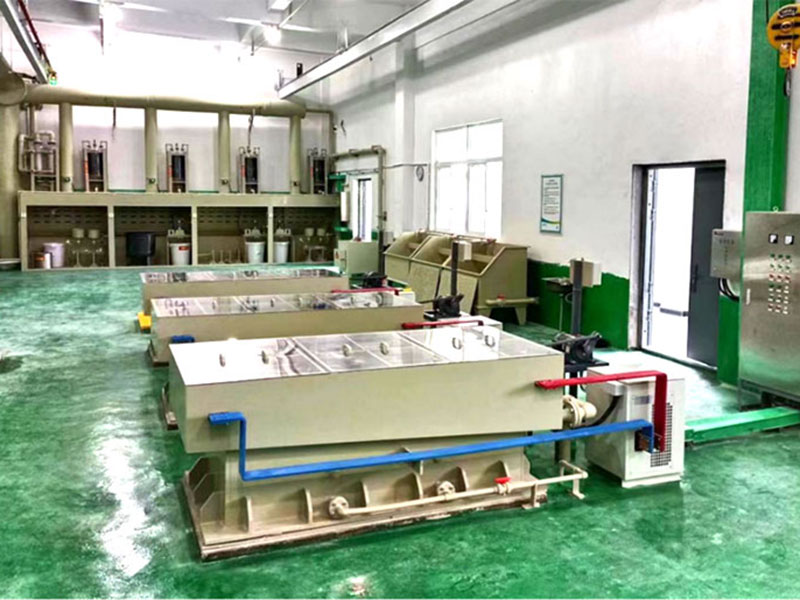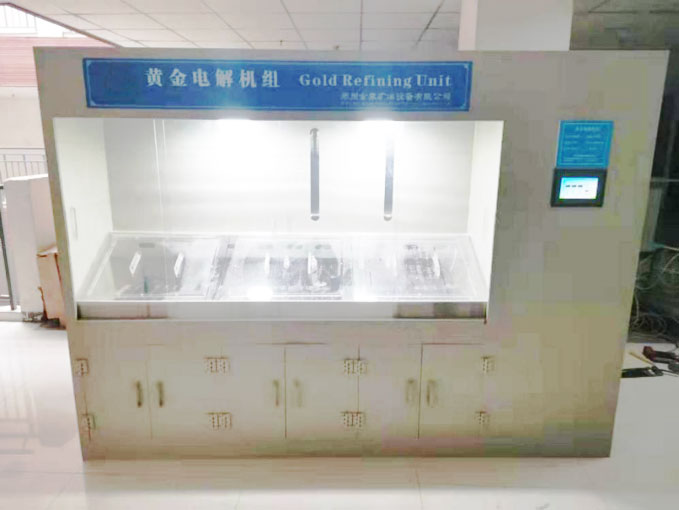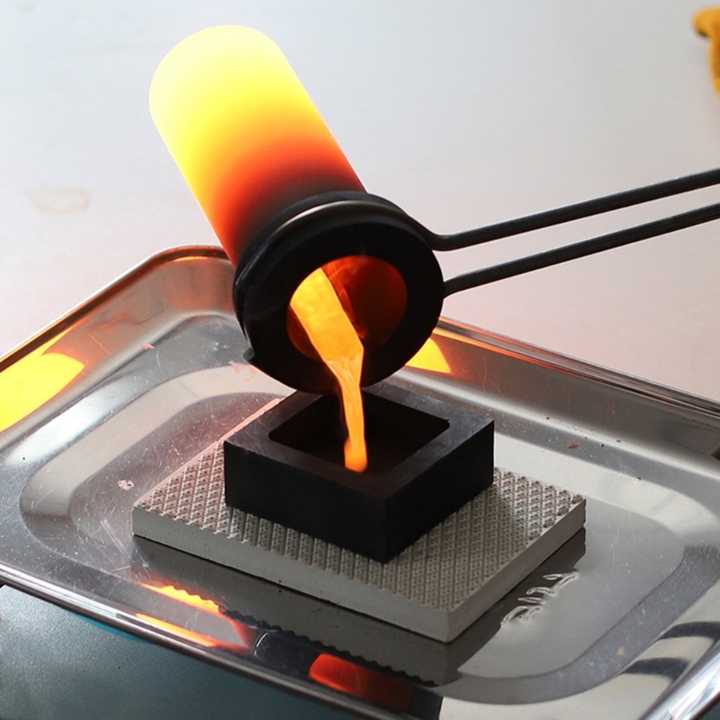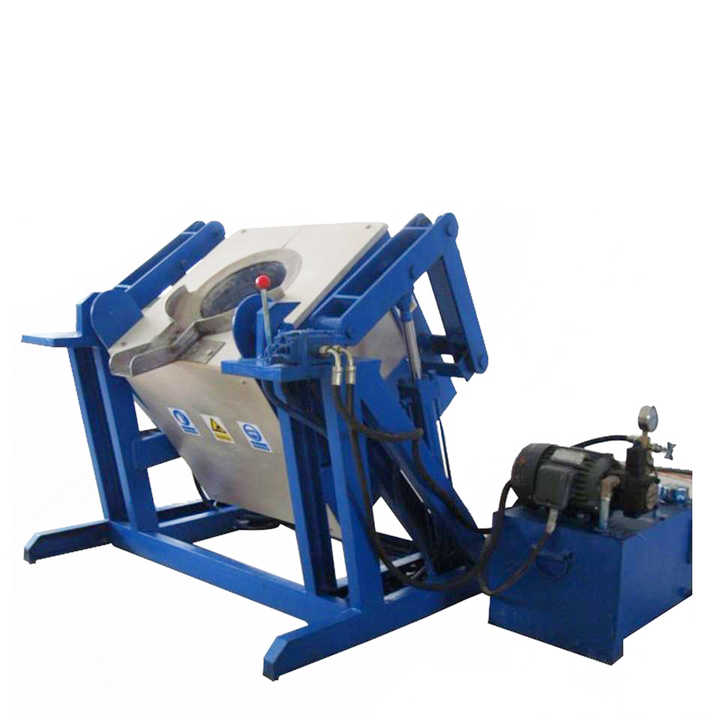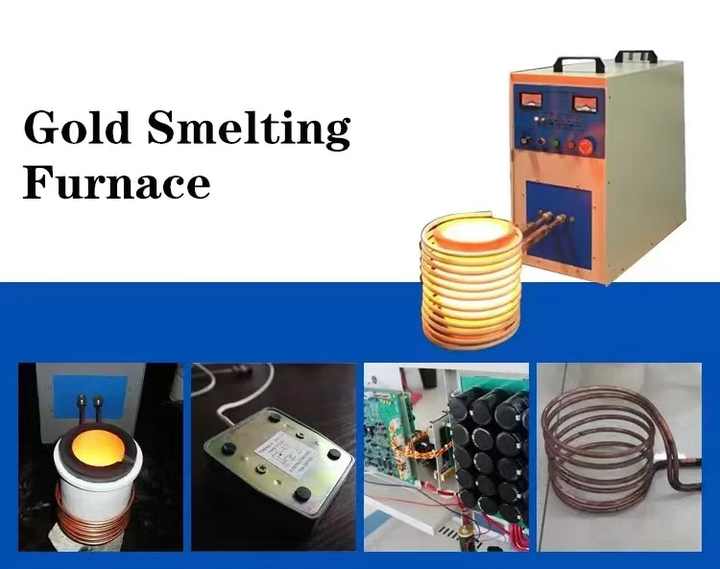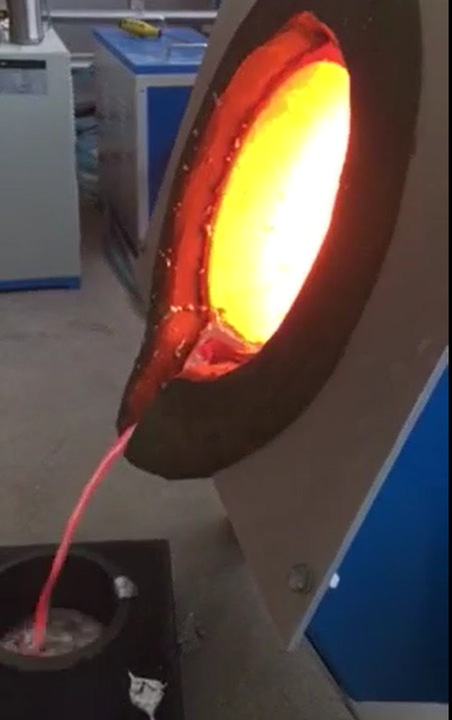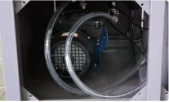precious metals smelter
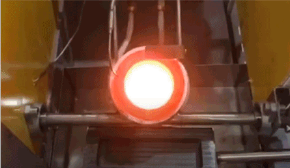
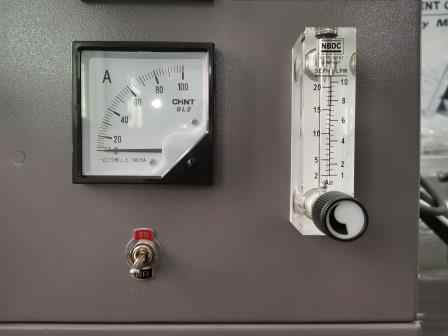
Precious Metals Smelter Key Insights and Considerations
A precious metals smelter plays a pivotal role in the process of refining valuable metals such as gold, silver, and platinum. This equipment is essential for transforming raw precious metals into refined, high-purity products. Understanding the functionality, types, and maintenance of precious metals smelters can help ensure optimal performance and efficiency.
Understanding the Role of a Precious Metals Smelter
A precious metals smelter is designed to melt and purify precious metals. The process involves heating the metal to its melting point and separating it from impurities. Smelting is a critical step in the production of high-purity metals used in various industries, including jewelry, electronics, and investment.
Types of Precious Metals Smelters
Different types of smelters are available, each suited to specific needs and scales of operation.
Electric Precious Metals Smelters
Electric smelters use electrical resistance to generate the high temperatures required for smelting precious metals. They are favored for their precise temperature control and ability to handle smaller batches. Electric smelters are ideal for laboratory-scale operations or small-scale refining tasks where accuracy is paramount.
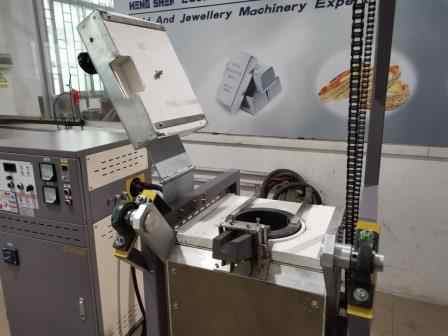
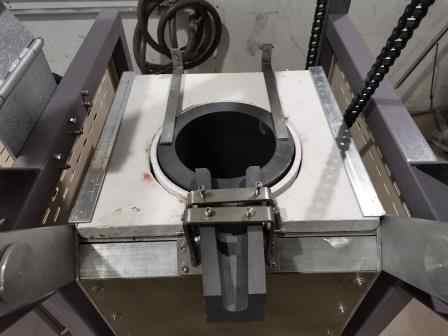
Gas-Powered Precious Metals Smelters
Gas-powered smelters utilize gas burners to achieve the high temperatures needed for smelting. These smelters are often used in larger-scale operations due to their efficiency and capacity to handle bigger batches of material. They are also suitable for continuous operations, making them a choice for commercial and industrial applications.
Induction Precious Metals Smelters
Induction smelters use electromagnetic induction to heat the metal. This method is highly efficient and offers precise temperature control, reducing energy consumption. Induction smelters are suitable for both small and large-scale operations and are known for their quick heating times and consistent results.
How a Precious Metals Smelter Works
The operation of a precious metals smelter involves several key steps to ensure successful metal refining.
Preparation of the Smelter
Before starting the smelting process, the smelter must be properly prepared. This includes setting up the furnace, ensuring all components are in good working condition, and making sure the work area is clean and safe. Preparation is crucial for preventing accidents and ensuring efficient operation.
Loading the Precious Metals
The metal to be smelted is placed into a crucible, which is then loaded into the smelter. The material can include scrap metal, ores, or other sources of precious metals. It is essential to avoid overloading the crucible to ensure even heating and efficient smelting.
Heating and Melting
Once the material is loaded, the smelter is turned on and gradually heated to the required temperature. The heating process should be controlled to prevent thermal shock, which could damage the smelter or crucible. During heating, impurities in the metal rise to the surface and form slag, which is removed later.
Cooling and Extraction
After the metal has melted and the impurities have been separated, the smelter is allowed to cool. This step is crucial for preventing damage and ensuring the safety of the operation. Once cooled, the crucible is removed, and the refined precious metal is extracted for further use or processing.
Advantages of Using a Precious Metals Smelter
Precious metals smelters offer several benefits that enhance the efficiency and quality of the refining process.
Precision and Efficiency
Smelters are designed to provide precise temperature control, which is essential for achieving high-purity metals. Electric and induction smelters, in particular, offer excellent accuracy and efficiency, ensuring consistent results in metal refining.
Large-Scale Capability
Gas-powered smelters are well-suited for large-scale operations, capable of handling substantial quantities of material. Their ability to maintain high temperatures and operate continuously makes them ideal for commercial and industrial applications.
Safety and Containment
Modern smelters are built with safety features to protect users and ensure safe operation. Proper design and maintenance help contain the high temperatures and prevent accidents, contributing to a safer working environment.
Choosing the Right Precious Metals Smelter
Selecting the appropriate smelter depends on several factors, including the scale of operation, the type of metal being processed, and budget considerations.
Scale of Operation
The scale of your operation will influence the choice of smelter. Small-scale operations may benefit from electric or induction smelters, while larger operations may require gas-powered smelters to handle larger volumes efficiently.
Type of Metal
Different smelters are suited to various types of precious metals. Ensure that the chosen smelter can handle the specific metal you plan to process, whether it’s gold, silver, platinum, or a combination.
Budget and Cost
Consider the initial cost and long-term operational expenses when selecting a smelter. Electric and induction smelters may have higher upfront costs but offer energy efficiency and lower operating costs. Gas-powered smelters may be more cost-effective for large-scale operations.
Maintenance of a Precious Metals Smelter
Proper maintenance is essential for ensuring the longevity and performance of a precious metals smelter.
Regular Cleaning
After each smelting session, the smelter should be cleaned to remove any residual slag or contaminants. Regular cleaning prevents build-up that could affect performance and prolongs the lifespan of the equipment.
Inspection and Repair
Regularly inspect the smelter for signs of wear, damage, or malfunction. Address any issues promptly to prevent more significant problems and ensure reliable operation.
Proper Storage
When not in use, store the smelter in a clean, dry environment to protect it from moisture and damage. Proper storage helps maintain the smelter’s condition and readiness for future use.
A precious metals smelter is an indispensable tool in the refining process of valuable metals. By understanding the types, operation, advantages, and maintenance of smelters, you can ensure efficient and effective metal refining. Whether you are operating on a small scale or a commercial level, selecting the right smelter and maintaining it properly will contribute to successful and high-quality metal processing.

